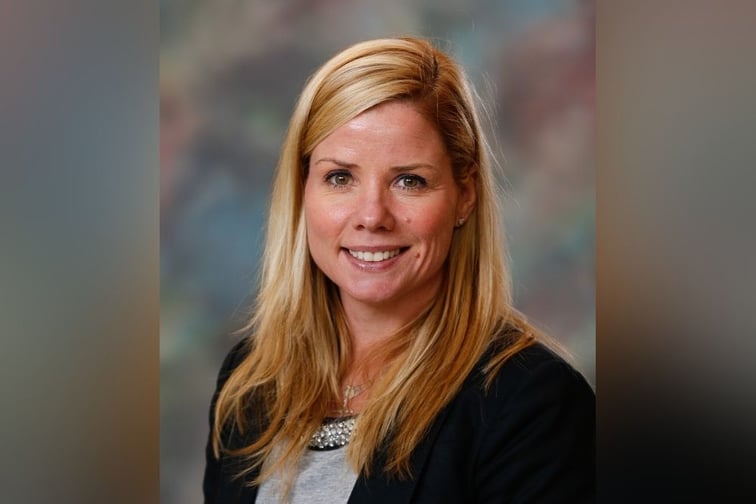

The construction industry is going through one of its toughest periods yet. On top of the ongoing complications caused by COVID-19, the sector is contending with mounting interest rates, worker shortages, the rising costs of building materials, as well as the rippling economic aftereffects of the Russian-Ukrainian war.
To understand how brokers are helping construction contractors in this difficult time, Insurance Business spoke with Danette Beck, head of industry verticals & national construction practice leader at USI Insurance Services. Below, she shares her insights into risk management and her focus on mitigation strategies.
Danette Beck was named as one of the Best Insurance Leaders in the USA. Read the IB America's Hot 100 report here.
I have a degree in Risk Management and Insurance from the University of Georgia. I was recruited out of school by Sedgwick James in their direct hire program in Los Angeles. Broking affords me the opportunity to work closely with clients, assess their needs and goals and then help them achieve those goals by allowing them to bid for work and win new business while protecting their balance sheets.
Being a part of the construction team at USI has allowed me to walk job sites and see how construction contractors are creating skylines, building critical infrastructure and positively impacting their communities.
My role at USI is Head of Industry Verticals and National Construction Practice Leader. My key responsibilities include establishing best practices, growth and retention of clients within all industry verticals across our ten regions, as well as expanding and establishing new verticals within USI.
Here at USI, early and often communication is key to helping our clients stay ahead of industry issues and be proactive in managing shifts in the industry or macro-economic environment. Integrating our claims, risk control and analytics teams, tools, and resources, allows us to help clients make data-driven decisions to support their immediate, interim and long-term strategic goals.
Additionally, we deploy our teams locally to execute and back them up nationally to address emerging issues for our clients in all parts of the U.S., helping them remain ahead of trends that may start regionally but expand nationally.
Apart from the COVID-19 pandemic, what are some other issues that the construction industry is facing right now? How can insurance brokers help?
Some of the challenges currently being watched in the construction industry are the conflict in Ukraine, inflation, rising interest rates, material cost volatility, continued supply chain deterioration and sustained shortages of skilled labor.
All of these issues are compounding an already challenging environment for our clients. Identifying problematic contract clauses with recommendations for alternative language, targeted risk control and aggressive claims advocacy assistance are a few ways brokers can assist their clients.
Insurance brokers must be more consultative than ever before to help work through business issues that may not have an insurance solution to transfer the risk – requiring a stronger focus on mitigation techniques. Brokers must leverage data and innovate with technology to help clients manage risk more efficiently and quantitatively.
Construction firms would benefit from a collaborative relationship with their upstream parties, which would benefit the project and help avoid cost-related disputes. Cost escalation clauses, or delay provisions for certain types of materials, would help at the onset of a project should there be a difference in material cost for mission-critical or large quantities of materials.
These clauses may also be beneficial if a delay causes a dramatic shift in pricing. From a coverage standpoint, builders’ risk policies should have an escalation feature to allow for higher materials costs following a covered loss. These are a few ways contractors can manage the volatility of materials currently plaguing the industry.
The labor shortage in construction is not a new issue and has been one of the top concerns for firms for the last ten years, according to the annual AGC/FMI Risk Management Survey. According to the U.S. Bureau of Labor Statistics, 60% of construction injuries occur with employees who are within one year on the job.
For insurance companies, a strong emphasis on training is critical to keeping these workers healthy, on the job site, and not out on workers’ compensation. Construction firms cannot afford to have a worker out injured because of the unavailability of replacement workers.
Identifying trends and having a robust and targeted risk control program will allow construction firms to proactively manage safety efforts on their project sites.
